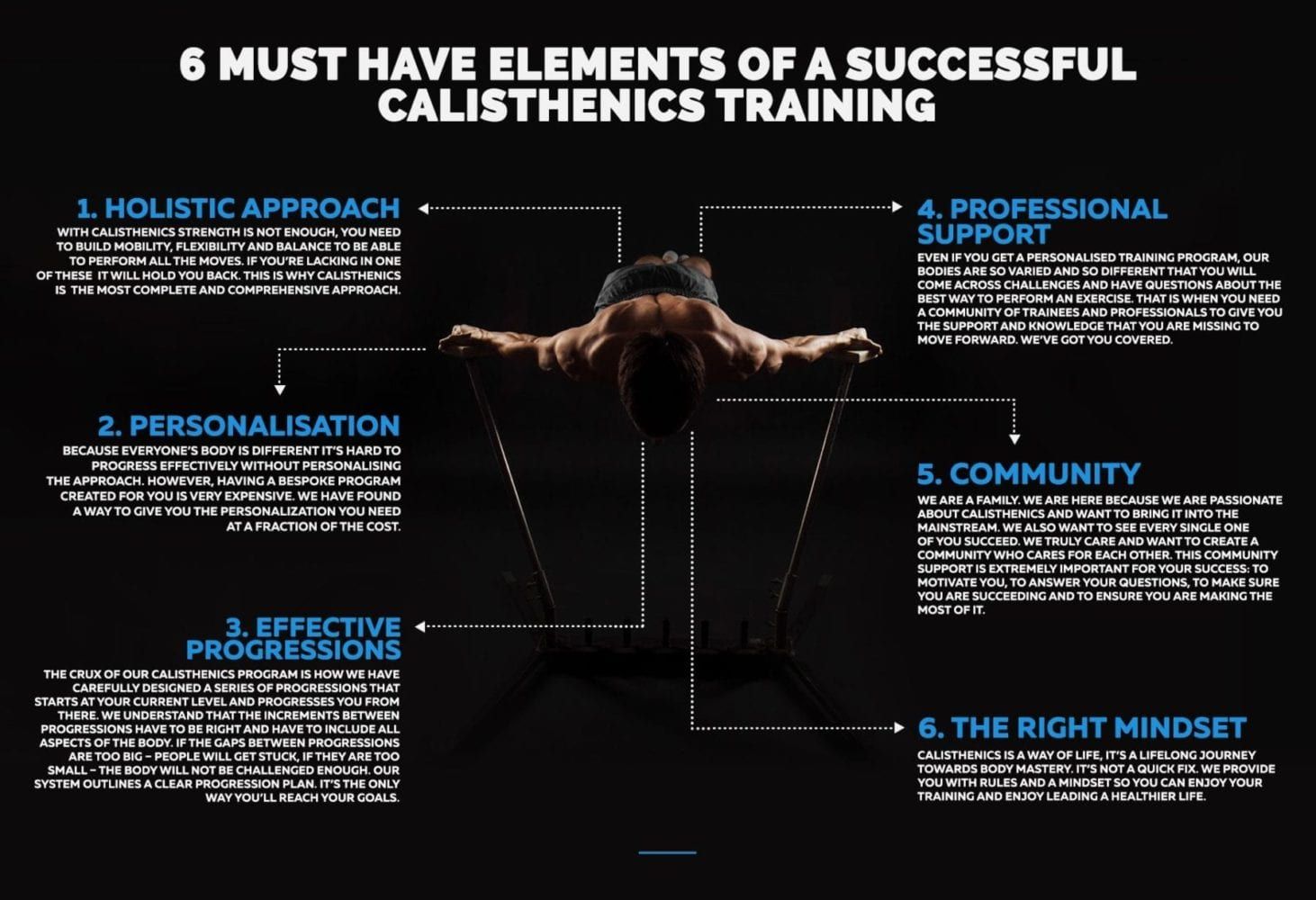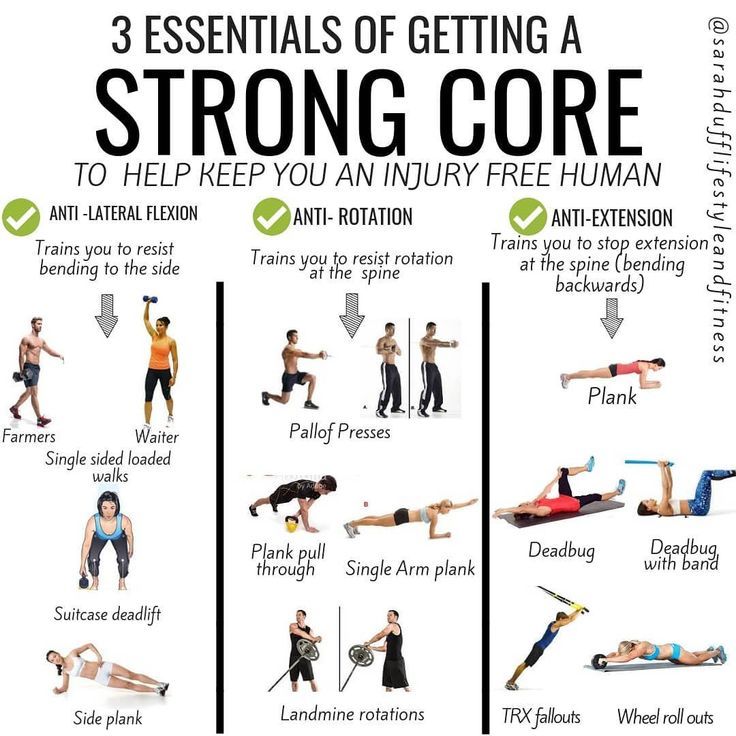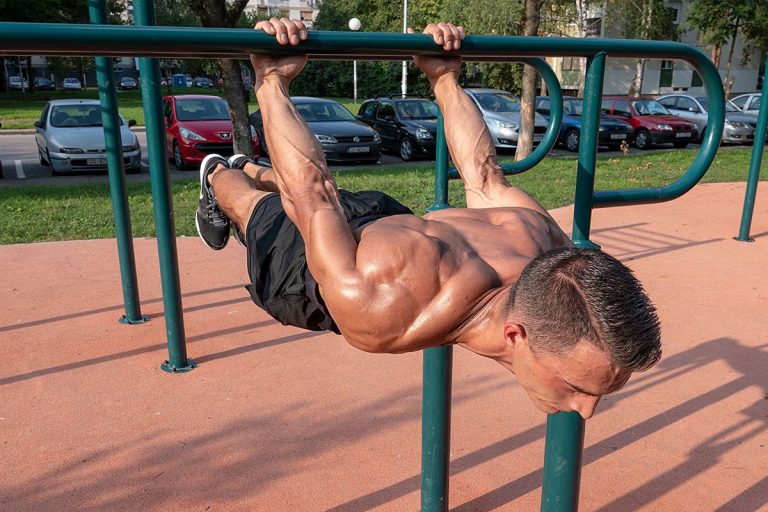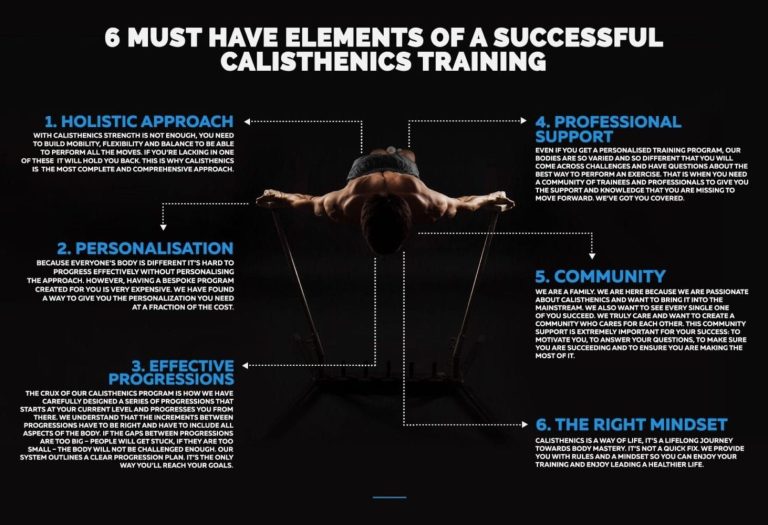Calisthenics, also known as bodyweight training, is a form of exercise that uses your own bodyweight as resistance to build strength, improve flexibility, and enhance overall fitness. In recent years, calisthenics has gained popularity for its simplicity, accessibility, and effectiveness. This guide will take you through the fundamentals of calisthenics, equipping you with the knowledge to embark on your journey towards mastering this empowering fitness practice.
1. Understanding the Basics
Before diving into the world of calisthenics, it’s essential to understand the basics. Calisthenics encompasses a wide range of exercises such as push-ups, pull-ups, squats, lunges, planks, and various core exercises. The beauty of calisthenics lies in its versatility; it can be performed anywhere, at any time, without the need for expensive equipment or gym memberships.
2. The Importance of Proper Form
While calisthenics may seem straightforward, it’s crucial to prioritize proper form to maximize the benefits and prevent injuries. Pay attention to your posture, engage the correct muscles, and avoid relying on momentum. Each exercise should be performed with controlled movements and full range of motion to challenge your body effectively.
3. Progression and Adaptation
Progression is key in calisthenics. Start with exercises suitable for your current fitness level and gradually increase the difficulty as you improve. This can involve variations of the exercises, increasing repetitions, or advancing to more challenging movements. The ability to adapt and progress is what makes calisthenics a lifelong fitness practice.
4. Importance of Warm-up and Mobility
Before engaging in any calisthenics routine, it’s vital to warm up your muscles and increase joint mobility. This prepares your body for the demands of the workout and reduces the risk of injury. Incorporate dynamic stretches, such as arm circles, leg swings, and hip rotations, to enhance flexibility and range of motion.
5. Balancing Strength and Conditioning
Calisthenics develops both strength and conditioning simultaneously. Unlike traditional weightlifting, which tends to focus on isolated muscle groups, calisthenics encourages full-body engagement. Building strength through compound movements helps improve overall functionality and athletic performance while increasing muscle definition and toning.
6. Creating a Routine
When incorporating calisthenics into your fitness regimen, it’s essential to create a well-rounded routine. Include exercises that target different muscle groups, ensuring a balanced workout. Aim for three to four training sessions per week, alternating between upper body, lower body, and core-focused workouts. Allow for adequate rest and recovery between sessions to optimize results.
7. Staying Motivated
Like any fitness journey, staying motivated is crucial for long-term success in calisthenics. Set realistic goals, track your progress, and celebrate milestones along the way. Explore new variations of exercises, challenge yourself, and consider training with a partner or joining a calisthenics community for support and inspiration. Remember that consistency is key, and the results will come with dedication and perseverance.
Conclusion
Calisthenics is a powerful fitness practice that empowers individuals to transform their bodies using minimal equipment and their bodyweight as resistance. By mastering the basics and embracing the fundamentals of calisthenics, you can embark on a journey of strength, flexibility, and enhanced overall fitness. Remember, consistency and progress are vital elements in achieving your calisthenics goals. So get moving, stay dedicated, and witness the amazing transformations your body can achieve through this incredible discipline.








